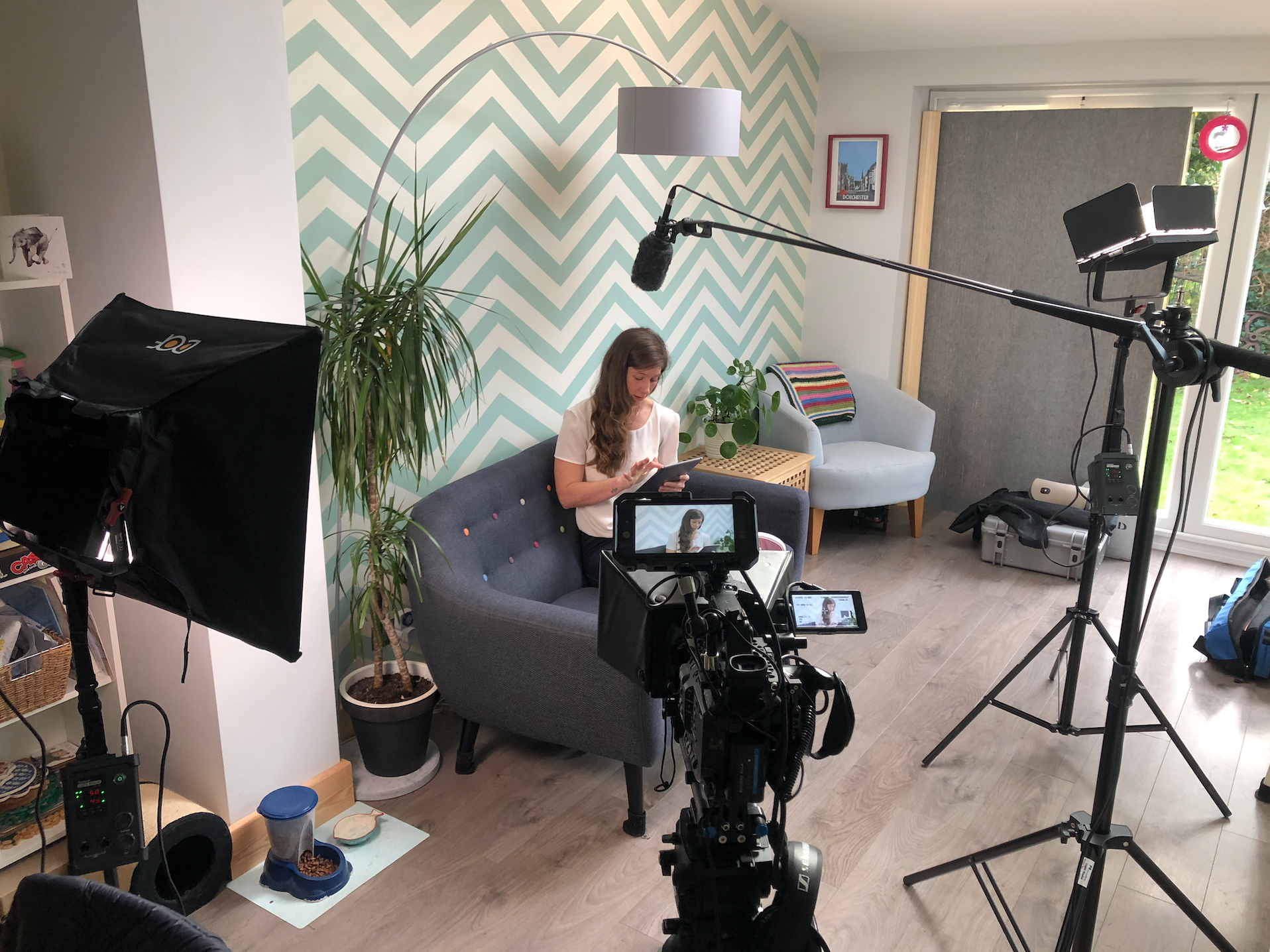Sound is an integral part of video, just as important as the visuals in providing full viewer immersion. Some people may think of sound editing only in terms of the soundtrack or music, but that’s only one small piece of the process.
The sound editing can make or break a film, but just what does the process involve? We’re breaking it down for you here.
Dialogue
A key part of the sound editing process is the dialogue. Dialogue is often recorded on a separate device to the main camera and, sometimes, may even need to be re-recorded in a quieter and more controlled setting such as a studio, such as if there was too much background noise at the shoot or the delivery of the line needs to be altered. Whatever the reason, the dialogue needs to be synced up to match the visuals in the editing suite. The levels of the different lines may also need to be adjusted to be consistent throughout the video.
Cleaning up
Another essential stage of the sound editing process is editing out any unwanted sounds. These could include background noises such as moving vehicles and wildlife, or technical blips and unnecessary pauses in the dialogue. When recording sound on location, audio interruptions such as these can easily occur and need to be smoothly removed in the edit without leaving gaps in the audio track. Even background noises such as ambience will likely need to be removed and added in later as a separate audio track in order to get the cleanest possible audio
Sound effects
Whether they are recorded on the main shoot or created by foley artists, sound effects are another important part of the sound editing process. Sound effects need to be carefully synced with the visuals, even if the source of the sound is happening off-screen, as there will likely be a visual cue or reaction to it. Atmospheric sounds to enhance the mood or ambient noise may also be added to the scene so that it doesn’t feel too hollow. Audio transitions such as subtle fades may also be added for fluidity.
Music
The final part of the sound editing process is the music. The choice of whether to use a popular song, something lesser-known, stock music, or have an original score produced will all have different effects and the right choice of music for a video is essential for it to hit the mark emotively. Once the music is chosen, it needs to be cut into the right places to match the beats of the scene, rising and falling where appropriate.
So, that’s the process of sound editing in a nutshell. It’s a complex process that we can’t do justice to in such a short time, but professional sound editing is essential for a video to have its full emotive impact.
If you need help with the sound editing in your video, please get in touch with us and see how we can help.
